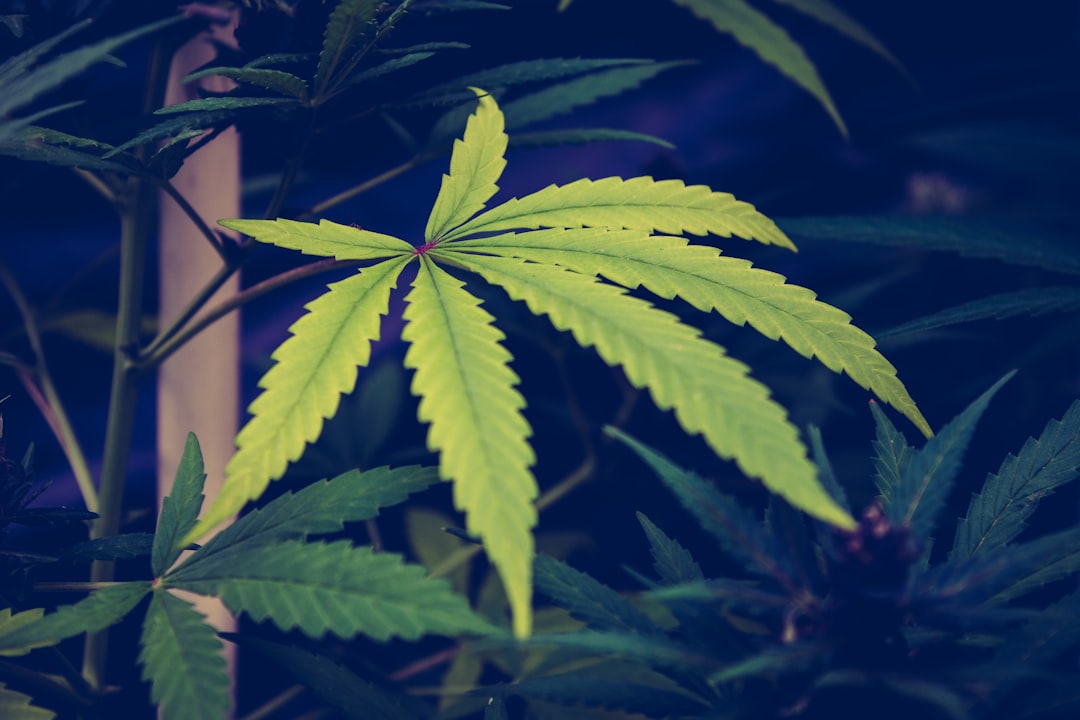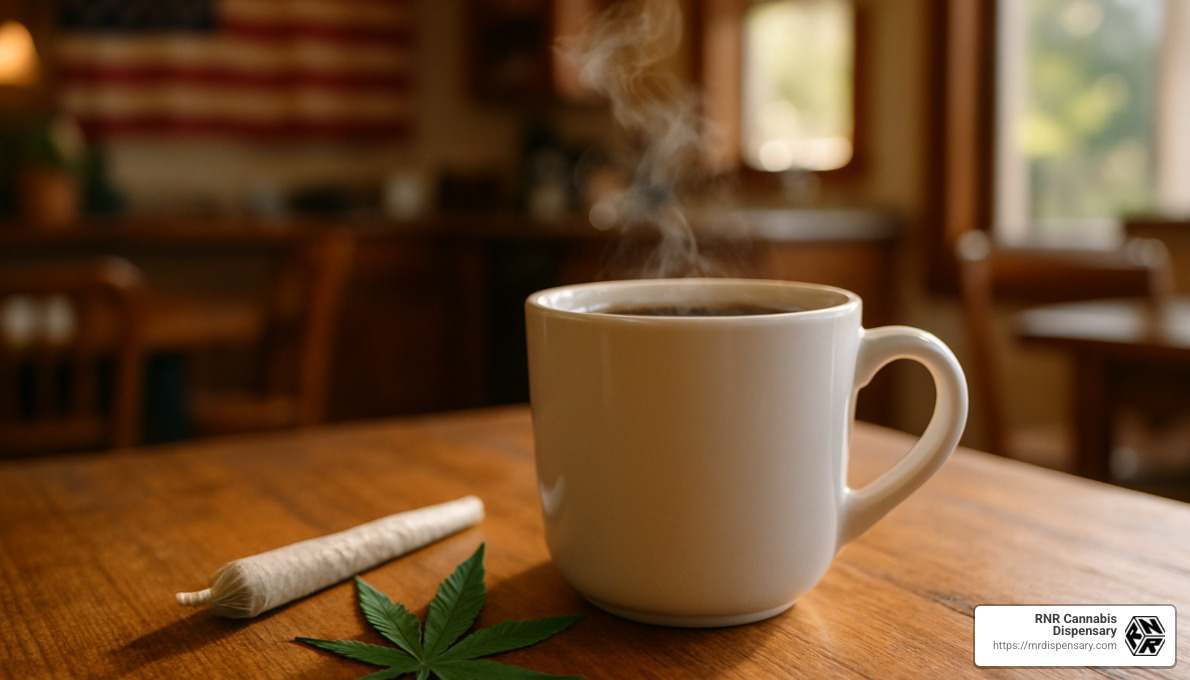Weed leaf is more than just a plant component; it’s a symbol that encapsulates the rich mix of cannabis culture. Whether you’re intrigued by its distinctive shape or captivated by its significance, understanding the full scope of the weed leaf can be enlightening. Let’s break it down:
- Cannabis Culture: Flourishing in creative hubs like Bushwick, Brooklyn, cannabis culture is an changing blend of art, community, and shared experiences.
- Cannabis Leaf: Known for its iconic multi-fingered structure, the cannabis leaf is as functional as it is symbolic, playing a crucial role in the cultivation process.
- Marijuana Symbolism: Across history and media, the weed leaf has been a powerful emblem of counterculture, embodying ideals of freedom and serenity.
As we dig into the intricacies of the weed leaf, we’ll explore its anatomy, importance in cultivation, and its deep cultural significance that unites enthusiasts worldwide.
I



